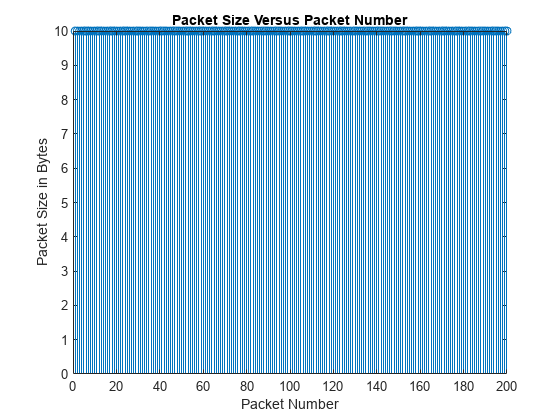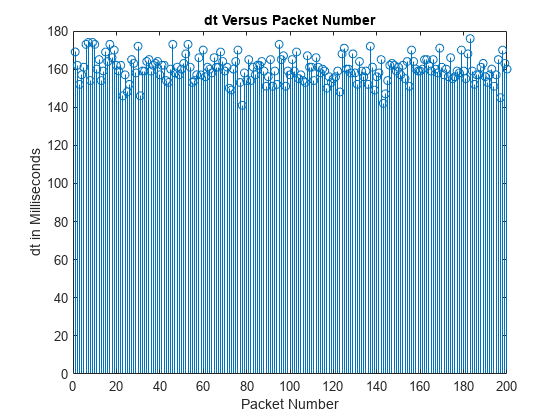networkTrafficVoIP
VoIP application traffic pattern generator
Download Required: To use networkTrafficVoIP,
first download the Communications Toolbox Wireless Network Simulation Library add-on.
Description
The networkTrafficVoIP object specifies the configuration parameters
to generate a voice over Internet protocol (VoIP) application traffic pattern based on the
IEEE®
802.11ax™ Evaluation Methodology.
You can use the VoIP application traffic pattern in system-level simulations to model the real-world data traffic.
Creation
Description
cfgVoIP = networkTrafficVoIP
cfgVoIP = networkTrafficVoIP(Name=Value)HasJitter=false specifies that the VoIP application pattern does not
model jitter.
Properties
Object Functions
Examples
References
[1] IEEE 802.11™-14/0571r12. "11ax Evaluation Methodology." IEEE P802.11. Wireless LANs. https://www.ieee.org.

